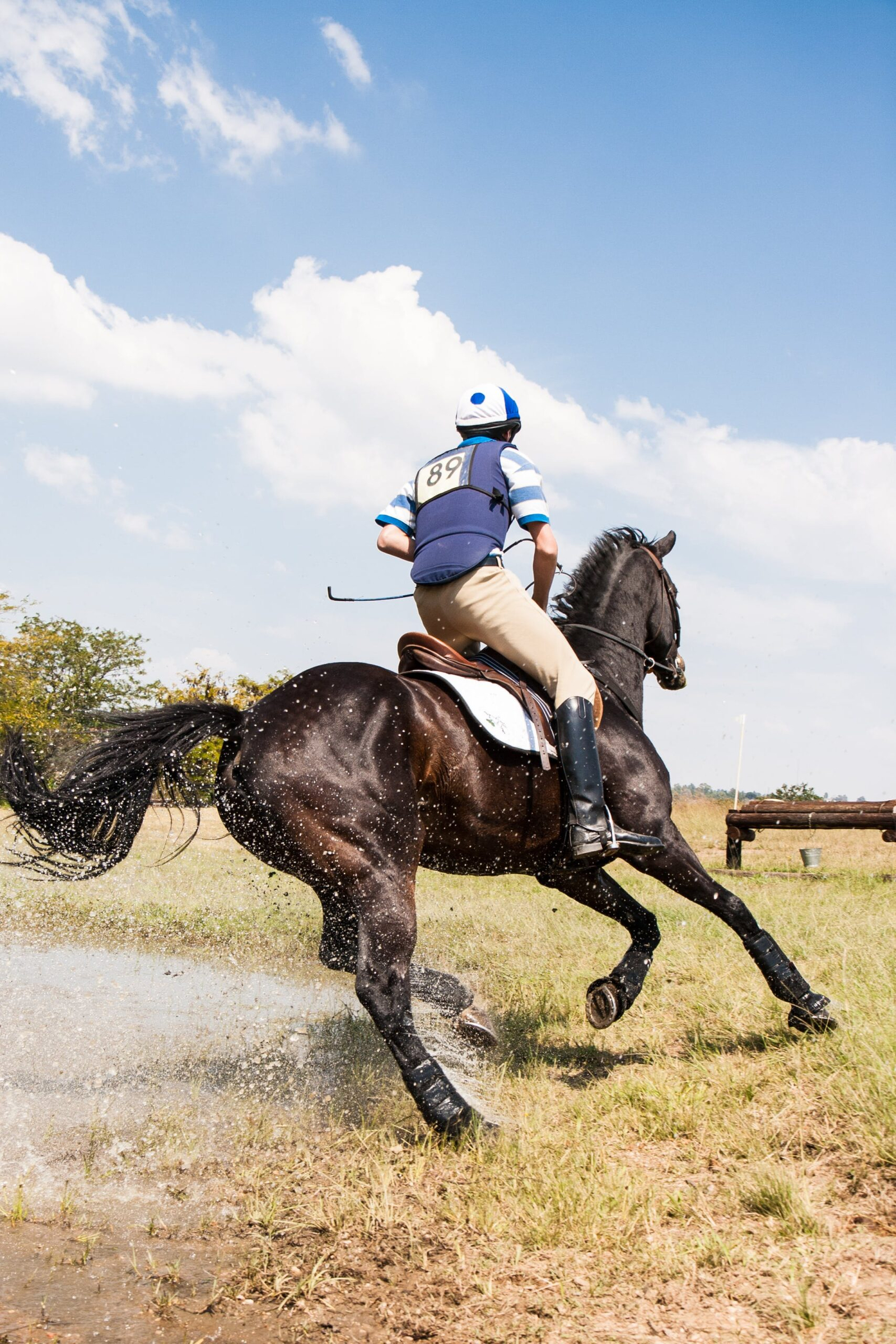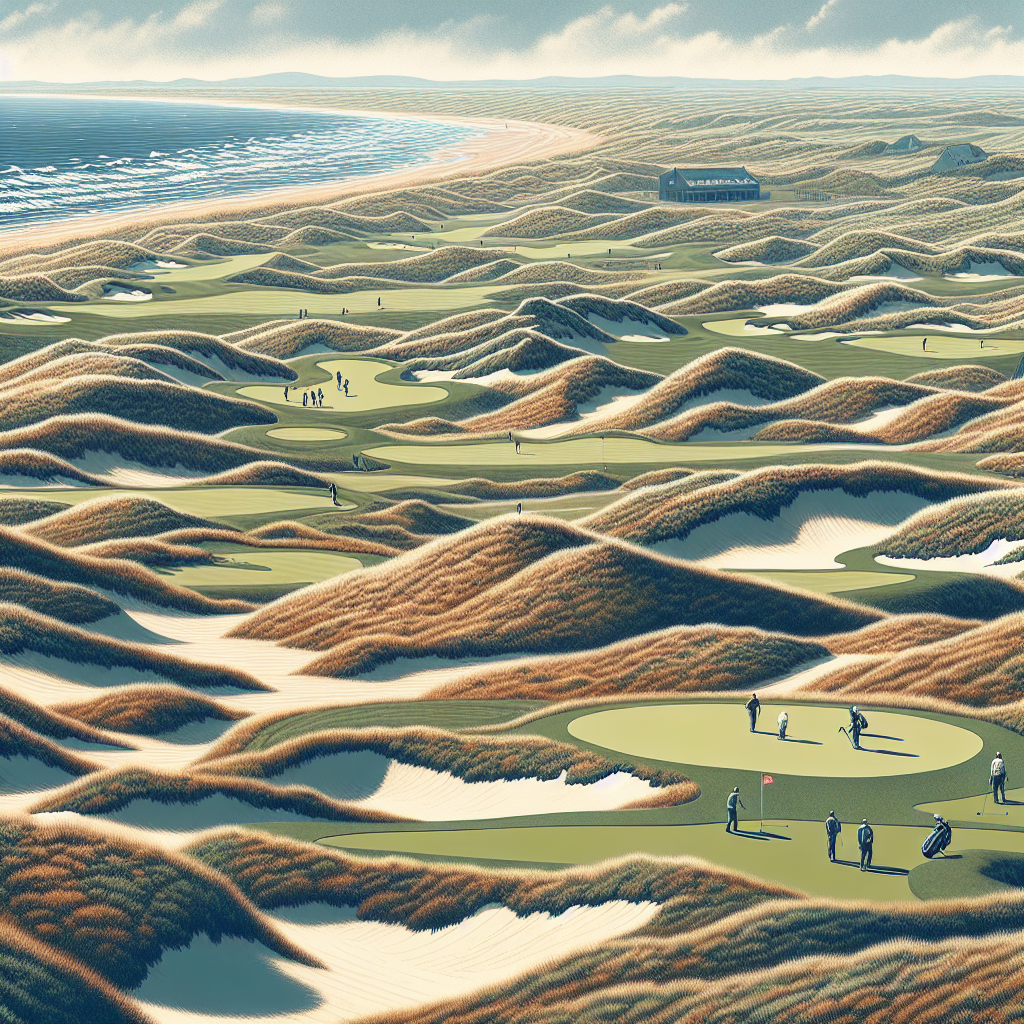Understanding What a Links Golf Course Really Is
The distinct allure and challenge of playing on a links golf course require a unique understanding and skillset from golfers. In this article, we shall comprehensively detail what characterizes a links course and how it differs from other types of golf courses. Moreover, we will provide a holistic coverage of numerous golf-related topics, including various strokes and techniques like birdie, eagle, and albatross; the concept of handicap in golf; how to hit a ball or hold a club properly; maintenance aspects such as how to clean golf clubs; the role of golf in weight loss, and an assortment of other interesting facts associated with the sport. This extensive golf guide promises to provide intriguing insights from the everyday to the extraordinary aspects of the sport and shed light on hitherto unexplored or misunderstood facets for both the novices and the seasoned golfers.

Understanding Links Golf Courses
Defining a Links Golf Course
A Links golf course is a unique type of golf course that originates from Scotland. The term “Links” is derived from the Old English word ‘hlinc,’ referring to an area of open, rolling coastal sand dunes or sometimes even a stretch of coastal land incorporating both sandy soil and grassland. The quintessential links courses are located along seaside coastlines and are characterized by a sandy terrain with sparse vegetation and undulating surfaces.
Historical Origins of Links Golf Courses
Links golf courses have a fascinating history. They originated in Scotland during the medieval era. The land where many traditional Scottish links courses are found was considered “waste” land – land that was not suitable for farming or other typical uses. As such, this space started to be employed for the local populace’s leisure, which included golf. One key aspect of links courses is their natural layout – they are shaped by nature and not as heavily designed or altered by man.
Distinguishing Features of a Links Golf Course
Links golf courses have a distinctive set of characteristics. Primarily, these courses are characterized by a sandy, undulating terrain with deep bunkers, few trees, and thick rough. A typical links course has large, slow greens, and the fairways are often narrow and riddled with pot bunkers. These courses usually offer a panoramic view of the sea, and coastal winds also play a significant role in games on these courses.
The Links Golf Course Layout
General Layout Structure
The general layout structure of a links golf course closely follows the natural landscape. Most courses are laid out in a long, thin loop with the front nine holes heading outwards, and the back nine returning inward. The holes are arranged linearly, and the course lies either alongside the sea or integrates the sea as a part of the course.
Fairways & Rough
The fairways of a links course are tight and firm due to the sandy soil. They are often sculpted to mimic the surrounding landscape, dipping and rising in sync with the natural undulations of the terrain. The rough, on the other hand, is characterized by a blend of knee-high native grasses, plants, and gorse, making the links course formidable and challenging to all players.
Green & Sand Traps
For a golfer on a links course, the greens are usually complex, large, and slower due to the type of grasses typically grown there and the impact of the wind. Sand traps or bunkers are another integral part of a links course’s system, posing a true test for any golfer due to their depth, their placement, and the very heavy sand often found within them.

Role of Weather Conditions in Links Golf
Impact of Wind and Rain
Weather plays a pivotal role in links golf. Intense sea winds or breezy conditions can dramatically affect the trajectory and distance of shots, turning even the simplest of swings into a challenge. Rain can make the golf course especially tricky, as it alters the playing surface and can make the greens faster and the roughs more challenging to tackle.
The Importance of Swell & Undulation
The inherent undulation and swells on a links course, formed over hundreds of years by coastal weather conditions, contribute significantly to how the course is played. These features result in uneven lies and unpredictable bounces, requiring golfers to harness creativity, control, and adaptability in their shots.
Playing Strategy for Links Golf Courses
Effect of Course Layout on Gameplay
The layout of a links course significantly influences a golfer’s strategy. The combination of uneven fairways, deep bunkers, rough roughs, and a windy environment necessitates a very particular style of play. Players need to calculate every stroke, keeping in mind the terrain, the wind direction, and potential hazards.
The Role of Mother Nature
Mother Nature is a formidable opponent on the links course. Due to the lack of trees or any other tall structures, winds can significantly impact gameplay. Similarly, rain can make the greens and bunkers harder to navigate. Thus, mastering the elements and developing a feel for the landscape becomes a key tactic in a golfer’s arsenal.
How to Optimize Your Rounds
Optimizing your rounds on a links course involves strategic planning. Play the ball low to minimize the impact of the wind and learn to use the contours of the ground to influence the direction of the ball. Understanding the course layout, particularly the position of the bunkers, is also crucial. It’s important to account for the wind direction when choosing clubs and deciding on shot types.

Famous Links Golf Courses
St. Andrews Golf Course
St. Andrews Golf Course in Scotland, known as the ‘Home of Golf,’ is one of the oldest and most iconic links courses globally. With its deep bunkers, double greens, and swilcan bridge, it has set standards for what a links golf course represents.
Pebble Beach Golf Links
The Pebble Beach Golf Links in California is renowned for its breathtaking seaside landscape and is considered one of the greatest public golf courses in America. Despite not being a true links layout in its strictest definition due to its cliffside location, it does have many features of a traditional links course and provides a challenging game because of its coastal winds.
Torrey Pines Golf Course
Torrey Pines Golf Course, set on the cliff tops of La Jolla in Southern California, is another renowned golf course that has hosted numerous PGA tours. Known for its stunning Pacific Ocean views and the iconic South Course, it offers golfers an outstanding, albeit challenging, playing experience.
Links Golf and the Professional Circuit
Impact on Tournaments and Majors
Links golf courses have a significant impact on tournaments and Majors because they represent a unique challenge and require specific skill sets. Many of the world’s top tournaments, including The Open Championship, are frequently played on links courses. These tournaments are popular with players and spectators alike, offering a different kind of golf that can be both exciting and unpredictable.
The LIV Golf Tour and Links Courses
The LIV Golf Tour – a global series of golf events – includes links courses in its itinerary, which further emphasizes the challenge and variety these courses provide. This tour is a testament to the importance of links golf in the professional circuit and its global popularity.

Important Terms in Links Golf
Understanding Golf Scoring Terms: Par, Birdie, Bogey, Eagle, Albatross
Understanding the terms used in golf scoring is crucial for anyone getting acquainted with the sport. ‘Par’ is the standard number of shots that a golfer is expected to take on a hole. ‘Birdie’ means one shot under par, while ‘Bogey’ is one shot over par. An ‘Eagle’ is two shots under par, and an ‘Albatross’, a rare achievement indeed, is three shots under par.
The Concept of Handicap in Golf
The term ‘Handicap’ refers to a numerical measure of an amateur golfer’s playability. It levels the playing field by allowing players of varying abilities to compete against each other. The lower the handicap, the better the golfer is considered to be.
What is a ‘Shotgun Start’ and ‘Draw’ in Golf
‘Shotgun Start’ is a term used when all the players start the round at the same time but from different holes. The term is derived from the tradition of a shotgun being fired to signal the start of the round. ‘Draw’, on the other hand, pertains to trajectory, signifying that the ball moves right to left (for a right-handed player) in the air during the shot.
Equipment for Links Golf
Choosing the Right Golf Clubs
Choosing the right golf clubs for a links course is essential. Due to strong winds and firm ground conditions, clubs that can keep the ball low, like those with a lower trajectory and less spin, are preferred. And given the unpredictable lie conditions in the rough or the sand, having a versatile selection of wedges and irons can be very beneficial. However, the selection of golf clubs can vary significantly across players based on their individual play styles and strengths.
The Role of the Golf Ball
The golf ball also plays a significant role in links golf. Due to the wind, players often prefer a ball with less spin and lower trajectory for better control. The firm, fast conditions of the links fairways mean that picking a ball with the right compression and cover material can also be useful.
Other Necessary Equipment
Other necessary pieces of equipment for links golf include sturdy, comfortable footwear due to walking along uneven landscapes. A hat or cap may help shield your face from the strong coastal winds, and sound rainwear is practically a necessity when rain frequently affects play.

The Health Benefits of Golf
Weight Loss Process Linked to Golf
Golf is often associated with weight loss owing to the high amount of walking involved. Typically, a round of golf means walking four to eight miles, leading to significant calorie burn. With regular play, golf could indeed be an effective way to stay in shape.
Mental Health Benefits
Golf also offers significant mental health benefits. It can be a stress reliever, provide social interaction, and even offer exposure to nature, all contributing to a positive state of mind. The strategic thinking and concentration required for the game can also keep the mind sharp and active.
Improving Physical Fitness Through Golf
Despite its reputation as a leisurely sport, golf offers a balanced physical activity, engaging various muscles during the swing and promoting core stability. Walking the course is excellent cardio exercise, while swinging the golf club can help improve strength and flexibility.
Golf Etiquette and Rules on a Links Course
Understanding Golf Etiquette
Understanding golf etiquette is critical to ensuring everyone enjoys the game. This includes not causing undue delay, maintaining the course by repairing divots, smoothing bunkers, ensuring no damage occurs to the green, respecting other players, and adhering to dress codes, to name a few.
Specific Rules for a Links Course
On a links course, certain specific rules apply due to the unique playing conditions. For instance, a ball in a bunker must not be touched until the stroke is played, the clubhouse may rule drops from stone walls within the course, and the local rules may require you to play the ball as it lies in the rough.
Safe and Respectful Play Practices
Safe and respectful play, including safety in swing areas and on-course behavior, is expected in golf. It is crucial to being considerate of other players on the course, ensuring not to disturb their play either through noise or by getting in their line of sight. As a player, it’s your responsibility to contribute to a pleasant atmosphere for everyone out on the links.

